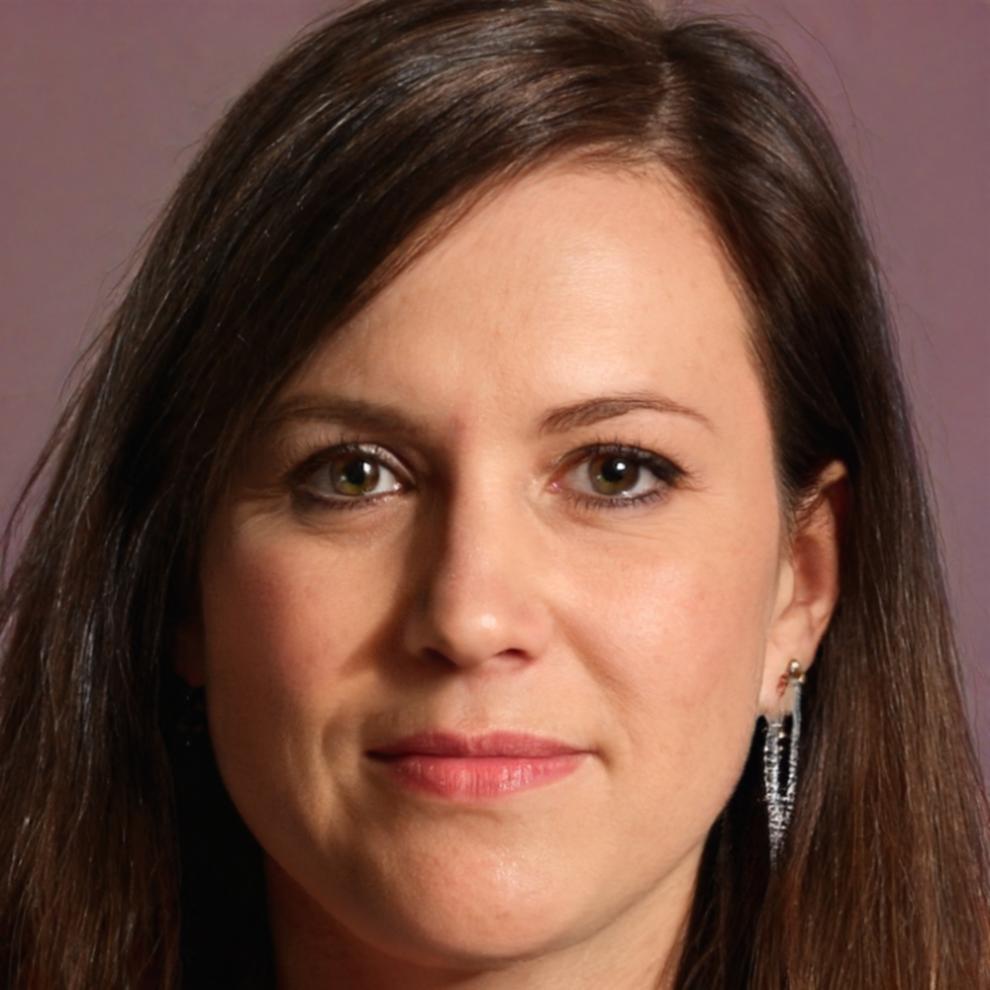Real Testing Skills for Virtual Worlds
We teach practical AR and VR quality assurance because headset adoption isn't slowing down. Our autumn 2025 program shows you how to catch motion sickness triggers, optimize frame rates, and document spatial audio bugs that actually matter to players.
View Program Details
How We Actually Structure This
Most QA courses skip the weird parts of virtual reality testing. We don't. You'll work with builds that crash, controllers that drift, and tracking systems that lose their minds.

Hardware Reality Check
You need to understand Quest 3, PSVR2, and PC-based systems because each one breaks differently. We rotate through actual devices so you know what 72Hz feels like compared to 120Hz.

Performance Testing Methods
Frame drops cause nausea. Period. You'll learn to use profiling tools, identify rendering bottlenecks, and write reports that developers can act on without confusion.

Documentation That Works
Screenshots don't capture spatial issues. We teach video capture techniques, reproduction steps for edge cases, and how to explain a hand-tracking glitch without sounding vague.

Who Actually Teaches This Stuff
Our lead instructor spent four years testing VR titles for studios you've heard of. She's dealt with everything from haptic feedback timing issues to locomotion systems that made half the test team sick.
The program runs over 12 weeks starting September 2025. You'll spend real time in headsets, not just watching slide presentations about immersive experiences.
- Weekly hands-on sessions with current VR development builds
- Direct feedback on your test reports from working QA professionals
- Access to multiple headset platforms and testing environments
- Portfolio projects you can show potential employers
What the September Session Covers
The program launches in mid-September 2025 and runs through early December. Each phase builds on what you learned the week before. No fluff modules about "the future of XR" without practical application.
Weeks 1-3: Platform Foundations
Getting comfortable with headsets, understanding refresh rates, learning what causes simulation sickness. You'll test simple experiences and start building your vocabulary for spatial issues.
Weeks 4-7: Technical Testing Skills
Performance profiling, memory management, asset optimization. This is where you learn to use the actual tools developers use and communicate findings clearly.
Weeks 8-10: Real Project Testing
We provide access to in-development VR games and applications. You'll work through full test cycles, write comprehensive reports, and deal with ambiguous requirements.
Weeks 11-12: Portfolio and Placement Prep
Building your portfolio, interview preparation, understanding studio workflows. We connect you with Slovakia-based and remote opportunities but can't guarantee placement.
